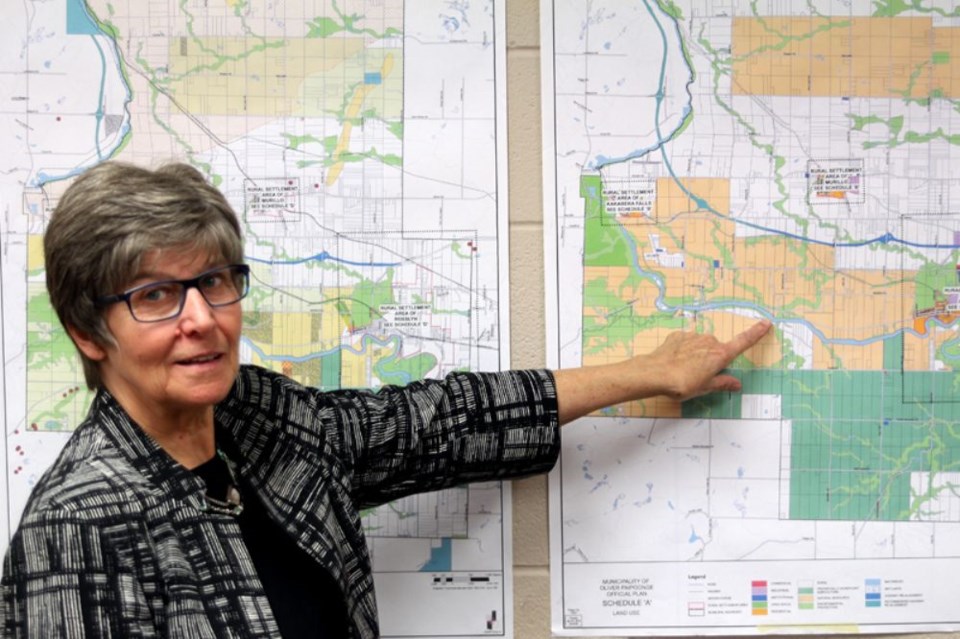OLIVER PAIPOONGE, Ont. -- Oliver Paipoonge doesn't want to be a city.
Mayor Lucy Kloosterhuis thinks the municipality has found a balance between keeping the area rural and the province's push to curb urban sprawl in Ontario. The provincial push against urban sprawl may make sense in the south, but not for a rural Northern municipality like Oliver Paipoonge that needs to increase tax revenue while keeping its rural way of life.
With about 5,700 people scattered over 350 square kilometres, the rural municipality has been working for a decade to have its official plan keep its large tracts of residential and agricultural land, an important part of country living.
But the draft plan, now in the hands of the Ministry of Municipal Affairs and Housing, also wants to allow people with those large lots the chance to severe them if needed.
"Hopefully in another six months or so we can see an end to it and we'll have our first official plan as an amalgamated community," she said.
Under the plan, most of Slate River would be designated farmland with no chance to carve up lots into smaller pieces.
Other areas would have minimum requirements, between five and 10 acres of land and 90 metres of frontage, in order to sever.
Kloosterhuis said that plan would allow more development, which means more tax revenue for the municipality, while keeping a large enough distance between homes to stay rural. Smaller lots would be allowed in Kakabeka, Murillo and Rosslyn villages.
While Oliver Paipoonge has seen a population decline, the amount of homes there are on the rise and demand for rural living is high.
"We hope with this new official plan, our goals are getting closer (to the province's)," Kloosterhuis said.
"That's been a kind of a bone of contention between the province and ourselves because they feel that we have a large enough inventory we don't need any more lots but we see such a demand we know we need more lots."
Oliver Paipoonge is also hoping the province will understand its plan to remove a date restriction currently in place. On the Paipoonge side, property after 1972 with enough depth and frontage can be turned into a maximum of three lots. For Oliver it’s four.
The draft official plan removes that date. Kloosterhuis said they're hoping to hear back from the province before the new year.
